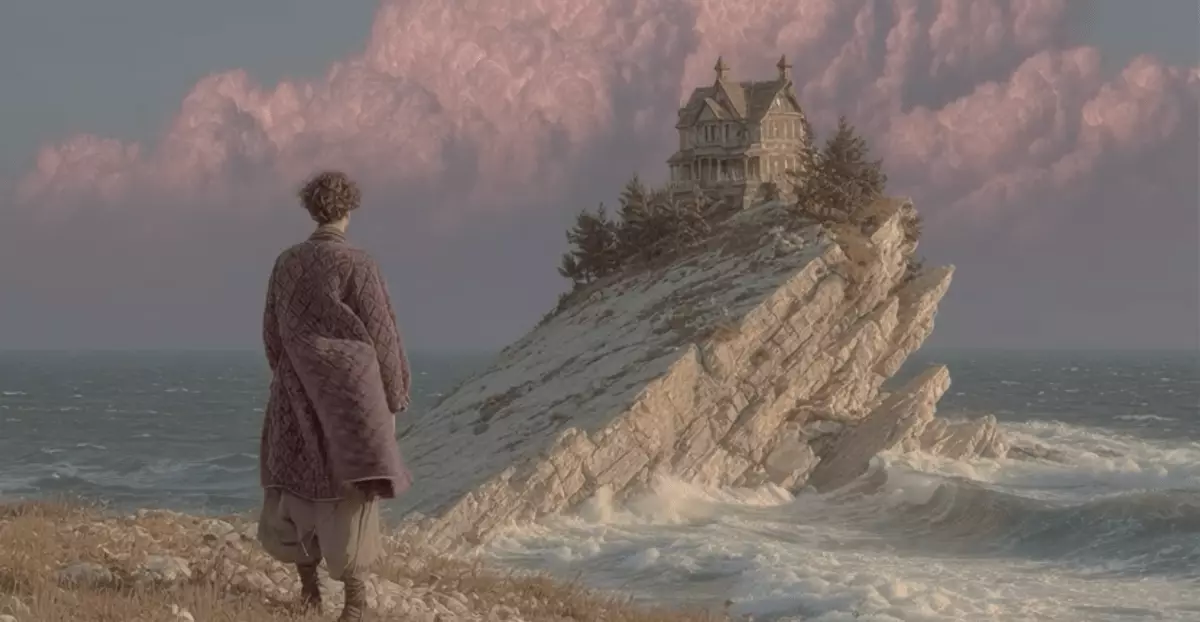The advancement of artificial intelligence is marking an unprecedented evolution in how we interact with digital content. Midjourney, a key player in the AI landscape, has recently introduced the first version of its video generation model, allowing users to animate both uploaded images and images created on the platform. This move is nothing short of revolutionary for artists, content creators, and casual users alike, offering a seamless way to bring static visuals to life. What does this mean for the future of creativity and content generation?
The Magic Behind the Motion
At the core of Midjourney’s new video generator is an innovative interface. When users produce an image, a new “animate” button appears, encouraging experimentation and creativity. This functionality allows users to generate a 5-second clip inspired by a text prompt, effectively transforming a still image into an animated snippet. Furthermore, users can choose to utilize an uploaded image as a “starting frame,” pushing the boundaries of how original content can blend with pre-existing visuals. The feature automatically supplies a default prompt intended to “just make things move,” yet the option for manual control empowers users to customize animations according to their inventive vision.
The ability to extend animations in increments up to 21 seconds by adding four more seconds of content four times shines a spotlight on the model’s versatility. Offering both high and low motion settings allows for greater flexibility—users can choose whether to animate only the subject or incorporate camera movements as well. These features open the door to a myriad of possibilities, making it an invaluable tool for creators wishing to add depth and dynamism to their work.
Accessibility and Pricing Structure
However, users must be prepared for a subscription fee to access these cutting-edge tools. Starting at $10 per month, users receive 3.3 hours of “fast” GPU time, equivalent to around 200 image generations. The transition from image generation to video production does not come cheap; Midjourney has indicated that video jobs will be approximately eight times more expensive than image jobs—translating to the equivalent of “one image worth of cost” for each second of video produced. While the pricing structure reflects the sophisticated technology deployed, it could pose a barrier for some potential users, pushing the service toward a niche market.
The Legal Landscape: Challenges Ahead
Midjourney’s journey into video generation is not without its hurdles. The startup is currently embroiled in a lawsuit filed by Disney and Universal, who allege that the video generator may infringe on copyrighted works of their intellectual properties. They have described Midjourney’s offering as a “virtual vending machine” of unauthorized reproductions. This legal predicament highlights the broader concerns of copyright infringement in the age of AI manipulation—an issue that looms large over the industry. The company must navigate this legal framework judiciously, setting a precedent for how AI-generated content interacts with existing copyright laws.
Hailed as a “stepping stone” by Midjourney founder David Holz, the current iteration of their tools aims to lay the groundwork for advanced models capable of real-time, open-world simulations. The implications of such features, if successfully developed, could redefine entertainment and visual storytelling. Already, tech titans like Google, OpenAI, and Meta have launched their own AI video generators, indicating a competitive market that will only intensify as these technologies evolve.
Impact on the Creative Ecosystem
The introduction of Midjourney’s AI video generation model speaks volumes about the shifting paradigms of content creation and consumption. As we traverse this new frontier, artists and content creators will find their workflows revolutionized, forging possibilities previously thought impossible. However, this innovation demands a cautious and constructive approach to both creativity and legality. The potential for misuse, especially concerning intellectual property, challenges creators to find a balance between exploration and respect for established rights.
The technology that Midjourney so boldly pioneers will inevitably redefine the canvas of digital aesthetics, but the onus lies on both creators and platforms to ensure these transformations are celebrated rather than litigated. This exciting journey into the future of animated artistry is just beginning, and how we choose to implement and regulate it could dictate the creative landscape for generations to come.

